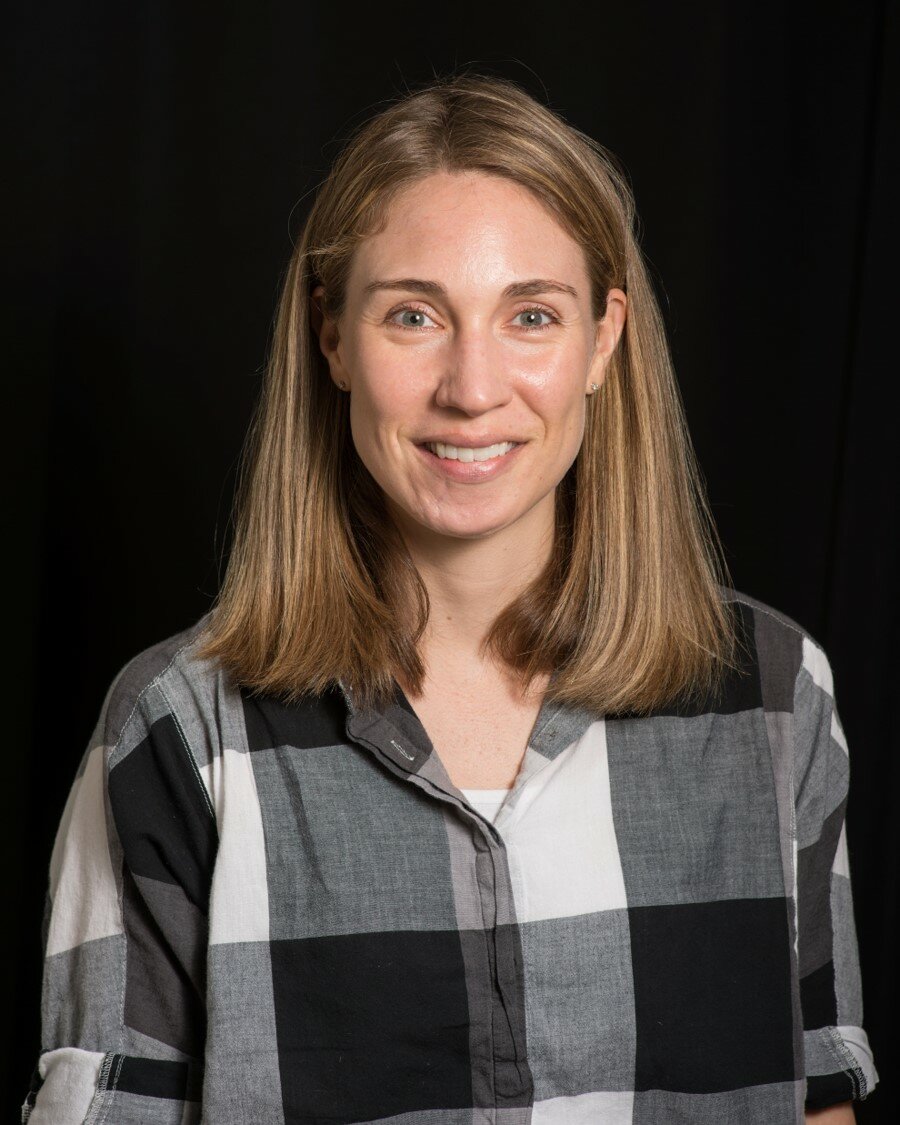
Elizabeth B. Rampe - Invited plenary lecture
Title: Mars mineralogy
Bio:
Liz Rampe is a scientist in the Astromaterials Research and Exploration Science Division at the NASA Johnson Space Center in Houston, Texas. She is interested in using minerals to help reconstruct the aqueous history of the martian surface through robotic missions and analog research. Liz is the Deputy Principal Investigator of the Chemistry and Mineralogy (CheMin) instrument on the Mars Science Laboratory Curiosity rover, which has been exploring Gale crater for nearly 10 years. CheMin is an X-ray diffractometer that has measured over 30 ancient rocks and modern sediments and helped identify ~3.5 billion-year-old habitable environments in Gale crater.
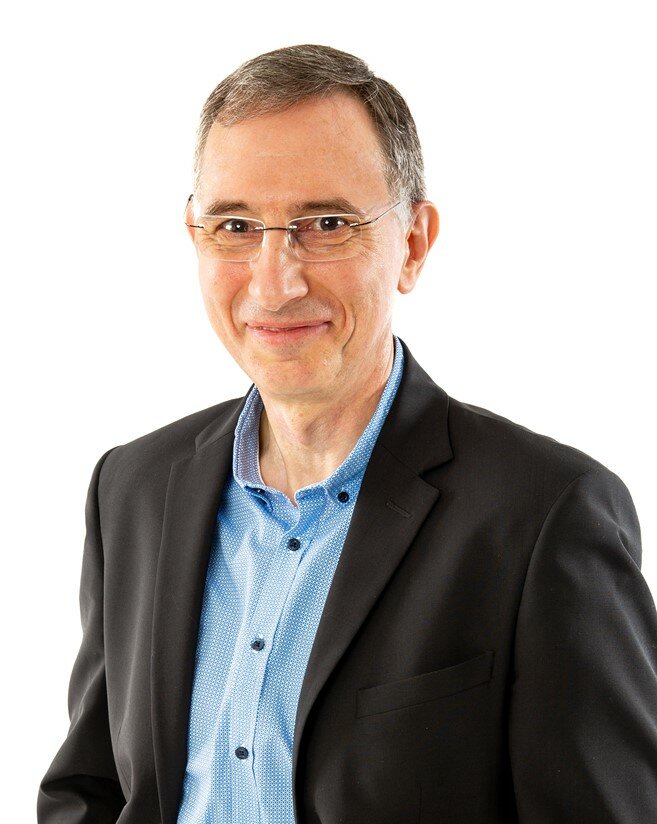
Patrick Cordier – President lecture
Title: Nanomechanics of minerals
Bio:
Patrick Cordier is a Professor at the University of Lille, France and is also a Senior member of the Institut Universitaire de France. An expert of transmission electron microscopy, he studies defects and plasticity in minerals of the Earth’s mantle and crust. He has co-authored over 200 publications and presented over 70 invited talks. He has been elected a Fellow of the Mineralogical Society of America (MSA) and of the American Geophysical Union (AGU) and was awarded the Dana medal of the MSA (2016). Patrick Cordier is past-president of the Société Française de Minéralogie et de Cristallographie (2008-2009), and of the International Mineralogical Association (2019-2020).
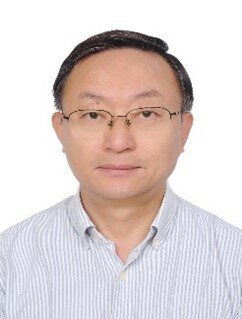
Anhuai Lu – President lecture
Title: Mineral photoelectron energy for prebiotic synthesis and microbial metabolism
Bio:
Prof. Anhuai Lu works in the School of Earth and Space Sciences, Peking University, China. He received his BSc (Geology) and PhD (Mineralogy) in 1984 at Peking University and in 1993 at China University of Geosciences (Beijing), respectively. He has served in several prestigious positions, such as the President of International Mineralogical Association, the Fellow of Mineralogical Society of America, the Chairman of Mineralogy Committee of China, and the Chairman of Environmental Mineralogy Committee of China. He is currently involved in photogeochemistry of semiconducting minerals and mineral-microbe interactions. His group discovered the existence of a widespread geological light-harvesting system on modern Earth's surface, firstly reported the phenomenon of mineral absorption and conversion of solar photons into photoelectrons to promote the growth and metabolism of non-phototrophic microorganisms, and revealed the photoreduction of carbon dioxide to organics by elemental sulfur in terrestrial hydrothermal systems.
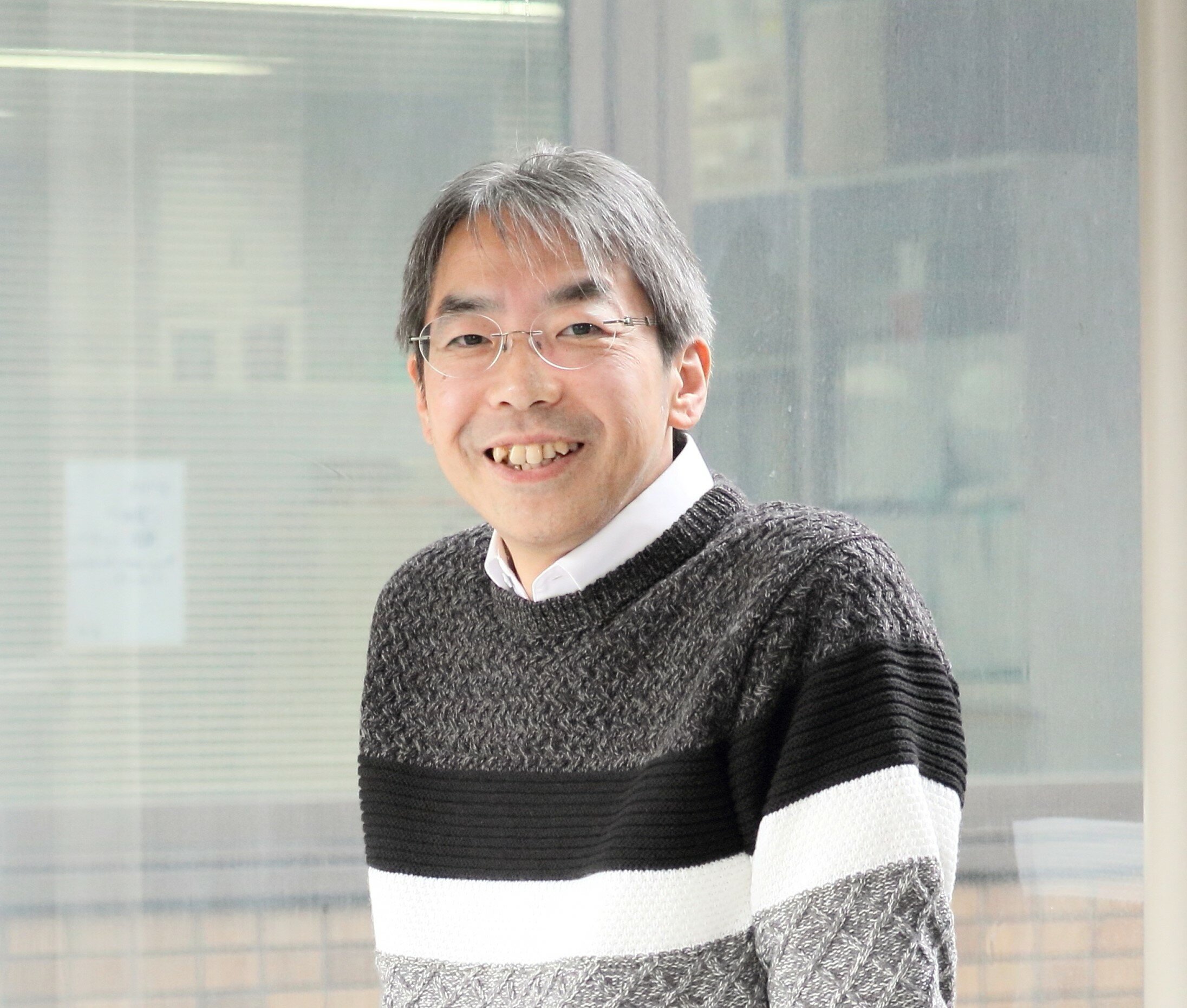
Kei Hirose - Invited plenary lecture
Title: Exploring Earth’s core composition
Bio:
Kei Hirose is a mineral physicist and petrologist, mainly working on ultrahigh-pressure experiments in a diamond-anvil cell. He, together with his colleagues, discovered post-perovskite in 2004 and found hcp Fe at high P-T conditions of the inner core in 2010. Currently his main interest is the determination of the core light element composition based on high-pressure experiments on liquid and solid iron alloys.

Bob Hazen - Medal lecture
Title: Medal lecture on mineral evolution and classification
Bio:
Robert M. Hazen, Senior Scientist at the Carnegie Institution for Science and Robinson Professor of Earth Science, Emeritus, at George Mason University, received degrees in geology from MIT and Harvard. He is author of more than 450 articles and 25 books on science, history, and music. Hazen has been recipient of numerous awards, including MSA's 2016 Roebling Medal, the 1982 MSA Award, the 1986 Ipatief Prize, and the 2012 Virginia Outstanding Faculty Award. He a Fellow of AAAS, AGU, Geochemical Society, GSA, ISSOL, and MSA, and in 2020 he was elected Foreign Member of the Russian National Academy of Sciences. The biomineral “hazenite” was named in his honor. Since 2008, Hazen and his colleagues have explored “mineral evolution” and “mineral ecology”—new approaches that exploit large and growing mineral data resources to understand the co-evolution of the geosphere and biosphere. In October 2016 Hazen retired from a 40-year career as a professional trumpeter, during which he performed with numerous ensembles including the Metropolitan Opera, Royal Ballet, and National Symphony.
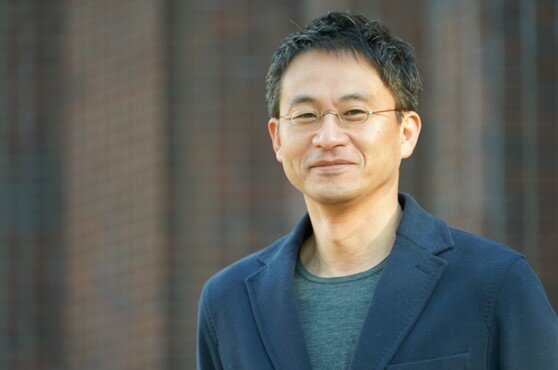
Shogo Tachibana - Invited plenary lecture
Title: What have we learned from Hayabusa 2 - returned samples from asteroid Ryugu?
Bio:
Shogo Tachibana is a cosmochemist and professor at UTokyo Organization for Planetary and Space Science, University of Tokyo and Institute of Space and Astronautical Science, JAXA. His research interests focus on the origin and evolution of the Solar System. He is a member of JAXA’s Hayabusa2 sample return mission from C-type asteroid Ryugu and has been leading the sample collection team and the sample analysis team.
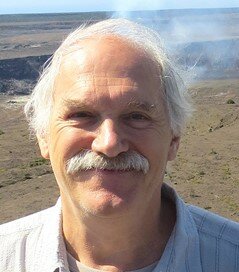
George Calas - Medal lecture
Title: Medal lecture on molecular-scale approaches in Mineralogy: bridging the gap from microscopic to macroscopic.
Bio:
Georges Calas, Professor of Mineralogy (Emeritus) at Sorbonne Université, a former senior member of the University Institute of France, has been involved in many disciplines, throughout Geological and Environmental Sciences, Materials Sciences and Industry. Largely based on spectroscopic approaches and on the early use of synchrotron radiation, his research provided information on the structure-properties relationships in minerals and glasses. This molecular-scale vision is particularly adapted for investigating the local structure and element speciation in highly disordered and chemically complex materials, providing innovative applications in a broad range of natural and technological fields.
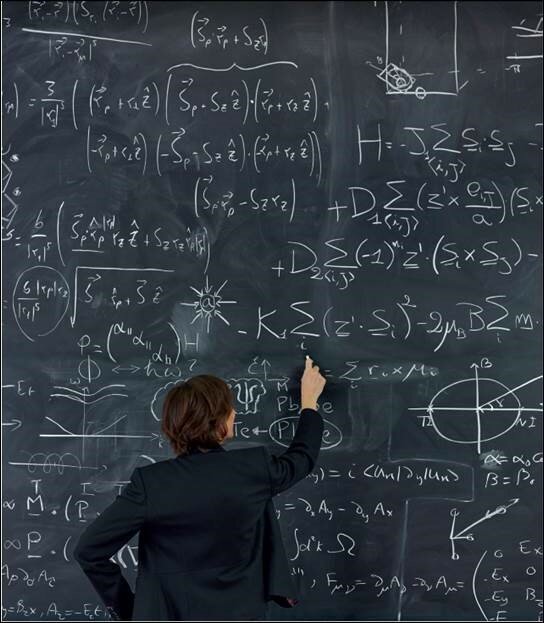
Nicola Spaldin (invited) – Materials science
Title: Minerals in the History and Future of Human Civilization
Bio:
Nicola Spaldin is the Professor of Materials Theory at ETH Zurich. She is best known for developing the class of materials known as multiferroics, which combine simultaneous ferromagnetism and ferroelectricity. She is a passionate science educator, coordinator of her department’s curriculum reivision program "The Materials Scientist 2030, Who is She?", and holder of the ETH Golden Owl Award for excellence in teaching. When not trying to make a room-temperature superconductor, she can be found playing her clarinet, or skiing or climbing in the Alps.






